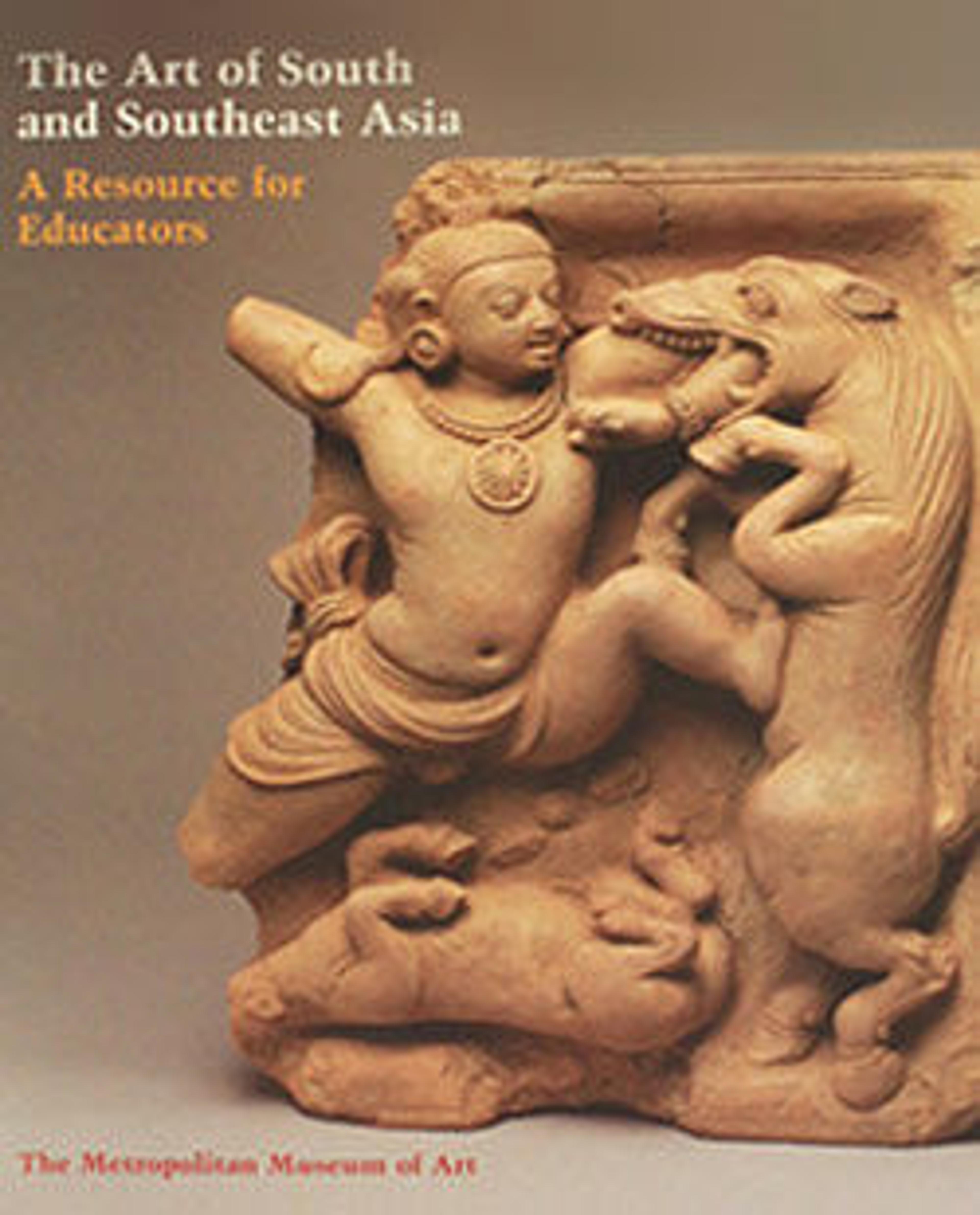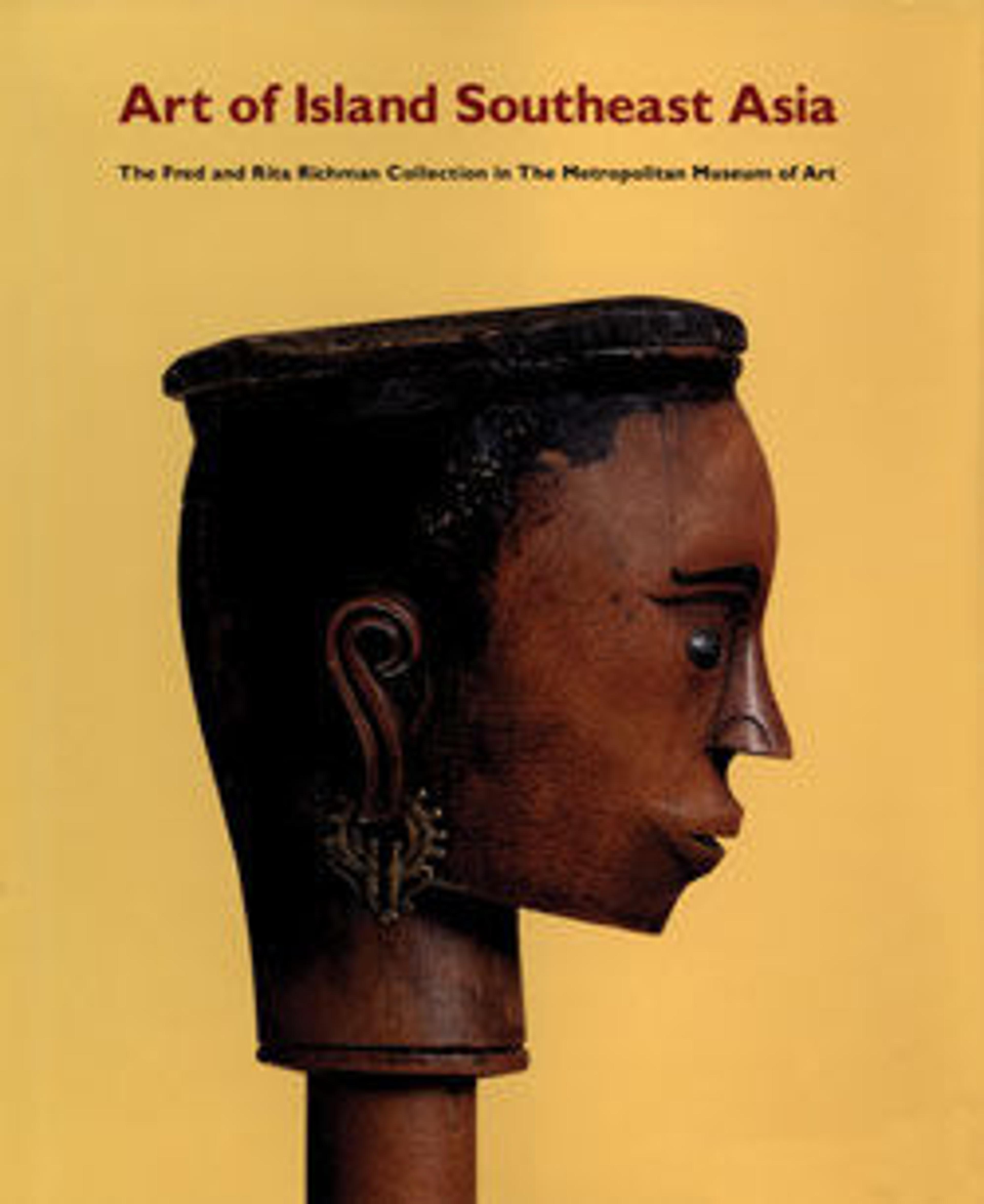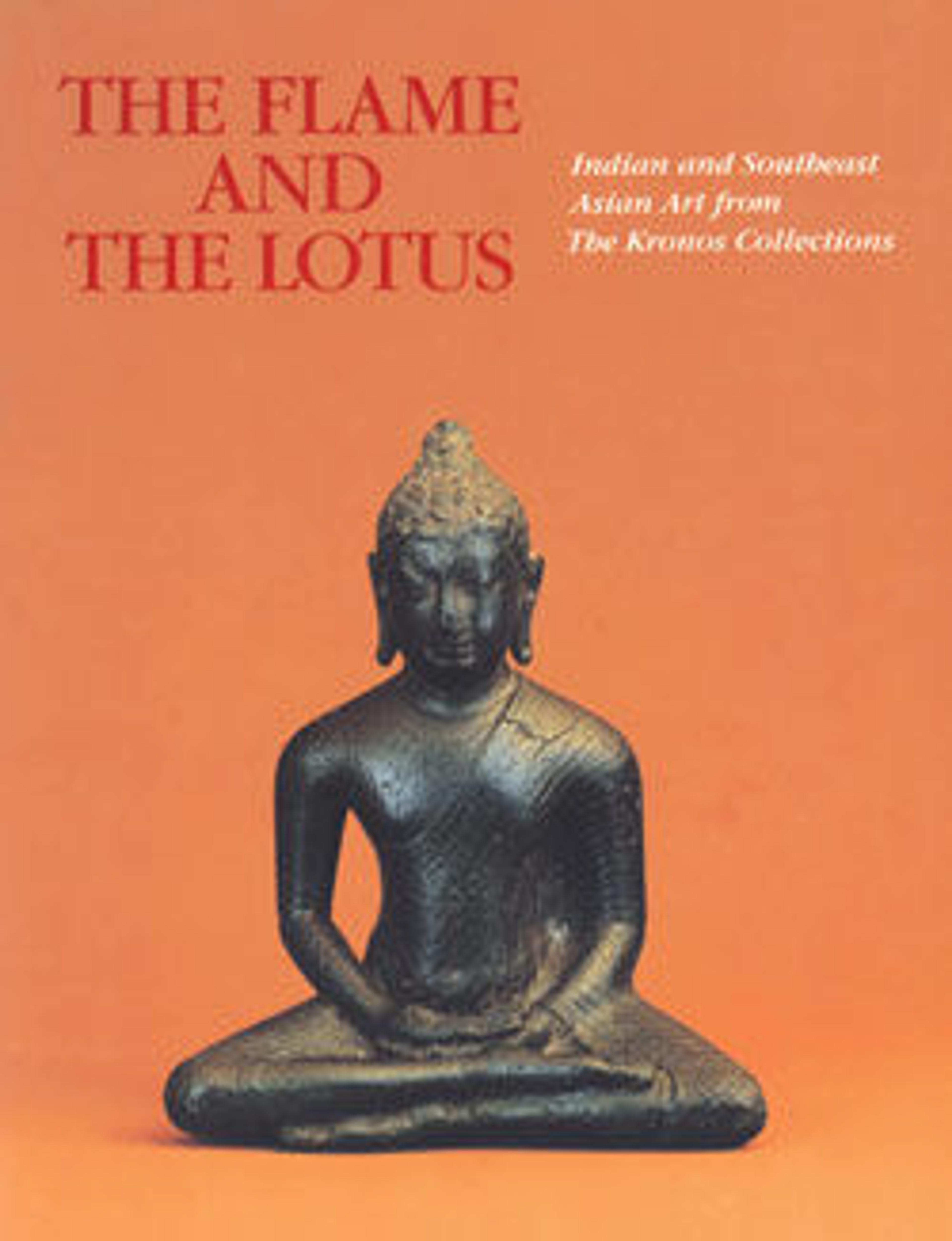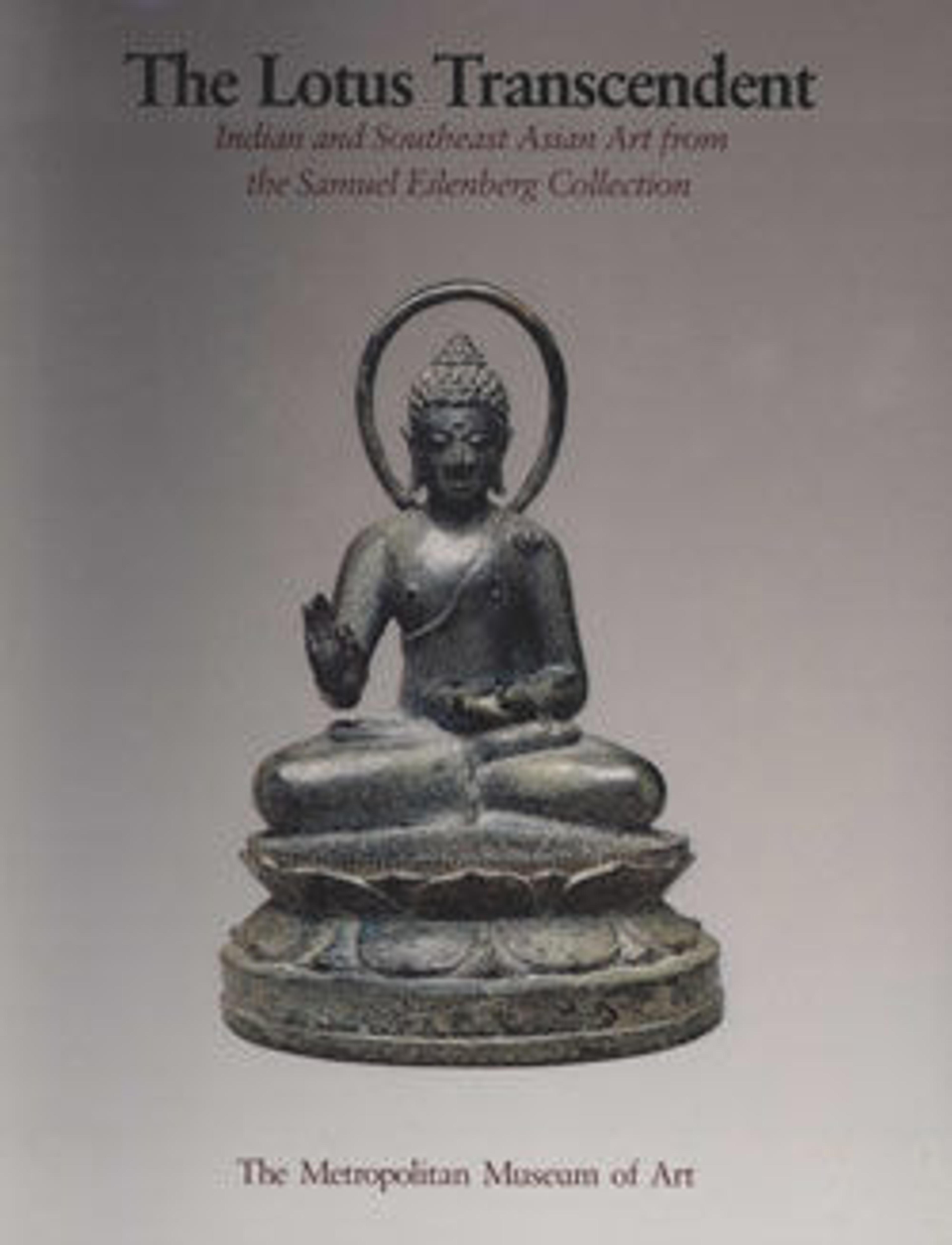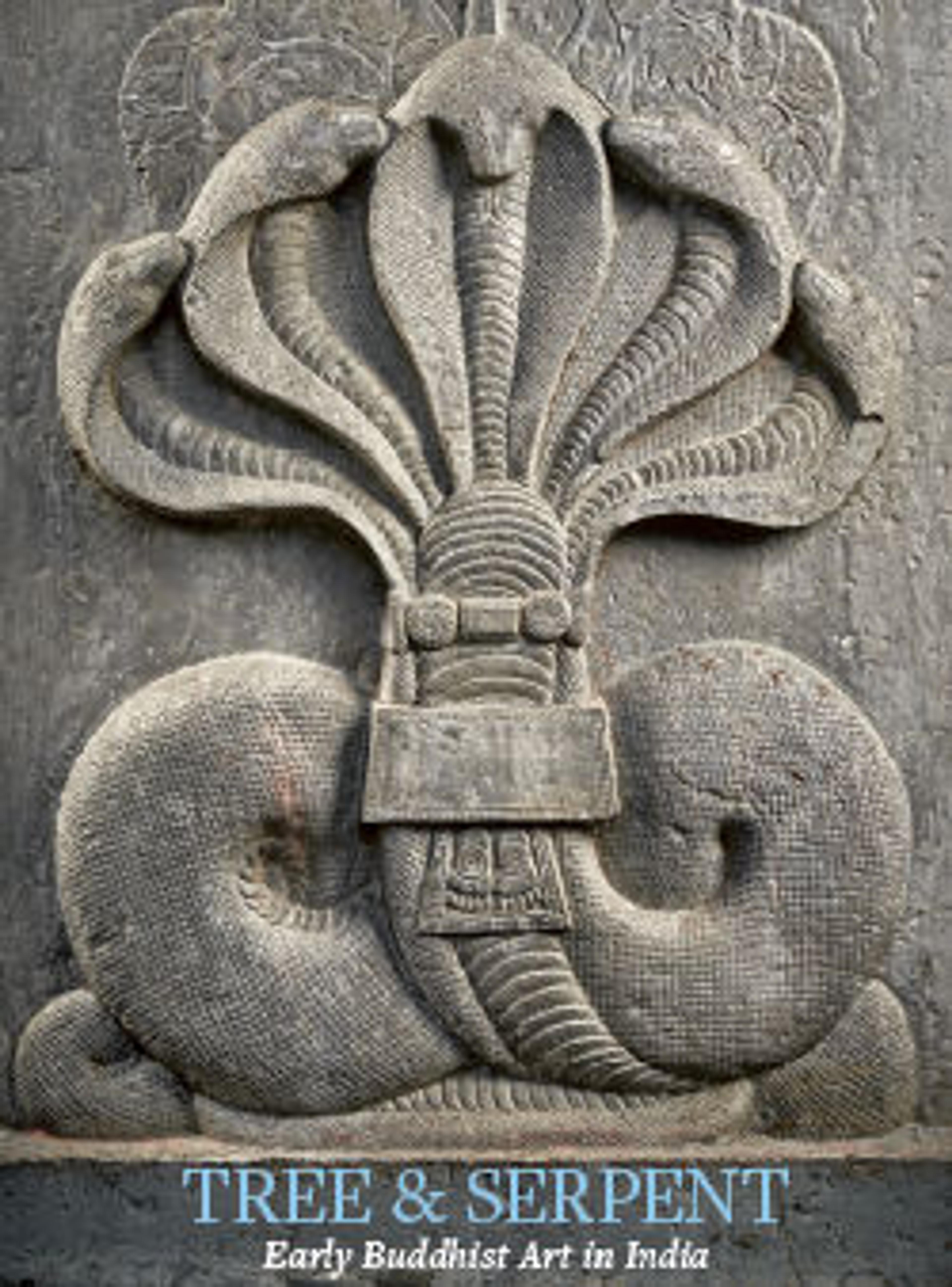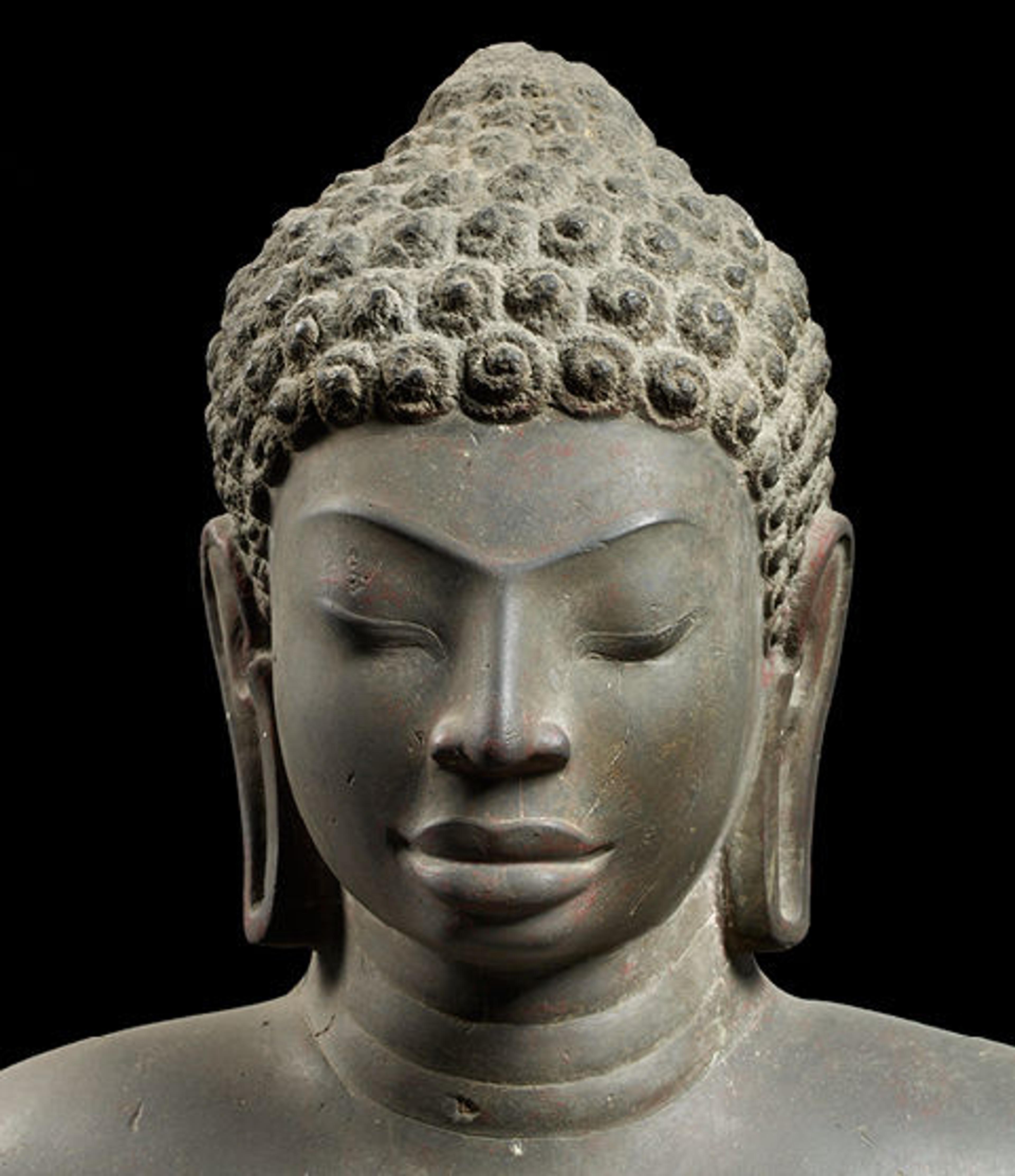

Lost Kingdoms: Hindu-Buddhist Sculpture of Early Southeast Asia
The Metropolitan Museum of Art has a long tradition of presenting exhibitions that advance our understanding of the art of the ancient world. "Lost Kingdoms: Hindu-Buddhist Sculpture of Early Southeast Asia, Fifth to Eight Century" will open up new vistas for our visitors, introducing the little-known sculptural traditions of Southeast Asia. This region was described by early geographers as the place "beyond India, before China"—a region seemingly without an identity of its own. As this exhibition ably demonstrates, in the course of the first millennium, mainland and insular Southeast Asia boasted a string of emerging states, whose identities have largely been lost to modern history. The principal kingdoms that produced the sculptures presented here—Pyu, Funan, Zhenla, Champa, Dvāravatī, Śrīvijaya—are unfamiliar, if not unknown, to many. Yet these early states represent the beginning of state formation in Southeast Asia, and their archaeological footprints broadly define the political map of the region today. The surviving corpus of early religious art from these kingdoms, much of it spectacular in scale and often sublimely beautiful, is our principal window onto these cultures.
Met Art in Publication
You May Also Like
Press the down key to skip to the last item.
Citation
Guy, John, Pierre Baptiste, Lawrence Becker, Bérénice Bellina, Robert L. Brown, Federico Carò, Pattaratorn Chirapravati, et al. 2014. Lost Kingdoms: Hindu-Buddhist Sculpture of Early Southeast Asia. New York: The Metropolitan Museum of Art.
